ALAÇATI
Discover Alaçatı, Turkey
The village, often noted for its architecture, vineyards, windmills, is a common weekend destination for local tourists. Due to reliable winds and a shallow bay, it has become a mecca for wind surfers from around the world. The area is also home to the Alaçatı Marina and the famous Port Alaçatı development, created by the French architects Francois Spoerry and Yves Spoerry.
Location
Alaçatı is located in Turkey’s Aegean Region. Sitting adjacent to the Aegean Sea, the area is home to many of Turkey’s most prestigious seaside resorts and wind surfing schools.
Provinces
Alaçatı sits in the İzmir Province. İzmir is one of eight provinces located in the Aegean Region: Afyonkarahisar (03), Aydın (09), Denizli (20), İzmir (35), Kütahya (43), Manisa (45), Muğla (48), and Uşak (64). Each province has a unique code license plate code. The license plate code for İzmir is number 35.
Historic Locations
Alaçatı’s rich history gives the village a timeless quality. In the 1830s, Haji Memiş invited the impoverished and earth-quake stricken population of the nearby Greek Island of Chios to Alaçatı. They brought their own culinary and cultural traditions with them. Many of the immigrants began working in olive orchards and vineyards. By the end of the 19th century, the area had become an important center for the export of wine and the Greek population had risen to over 12,000. However, following the Balkan Wars and the Turkish War of Independence, Greece and Turkey formalized a population exchange in 1923. Based upon religious identity, the expulsion sent nearly all Orthodox Christian citizens of Turkey (including those of Greek heritage living in Alaçatı) to Greece. Likewise, the expulsion sent most of the Muslim citizens in Greece to Turkey. Despite the population exchange, the Greek population left an undeniable imprint on the village that still exists in the architecture and food today.
Although Alaçatı may be best known as a center for wind surfing, the area is also home to many historic locations including the Çeşme Castle, a restored 16th century Genoese military fortress, and Ayios Haralambos Church. Çeşme Castle now houses the Çeşme Archaeology Museum. Ayios Haralambos Church, a decommissioned 19th-century Greek Orthodox church, was fully restored in 2012. The ancient ruins of Erythrae (Erythrai) are found north of the town Ildırı. Erythrae was one of the twelve Ionian cities of Asia Minor.
Cuisine
The mild climate and rich soil make the Aegean one of Turkey’s most fertile regions. Known for olive orchards and vineyards, the Aegean Region produces some of Turkey’s most prestigious olive oils and wines. Additionally, the Aegean is famous for an abundance of fresh produce including artichokes, grapes, pears and sweet melon. Alaçatı is common destination for fresh seafood (including the highly prized red mullet) and abundant village breakfasts called köy kahvaltı.
Weather
The Aegean Region has a Mediterranean climate at the coast (with hot, dry summers and mild to cool, wet winters) and a semi-arid continental climate in the interior (with hot, dry summers and cold, snowy winters). Alaçatı comes to life in the summer months when tourists escape the heat of Istanbul and Izmir in favor of the more pleasant Aegean breeze. Average temperatures range from 28°C (82°F) in summer to 11 °C (52°F) in winter.
Showing 1–50 of 87 results
-

Bird Candles | Set of Four 06 cm
-
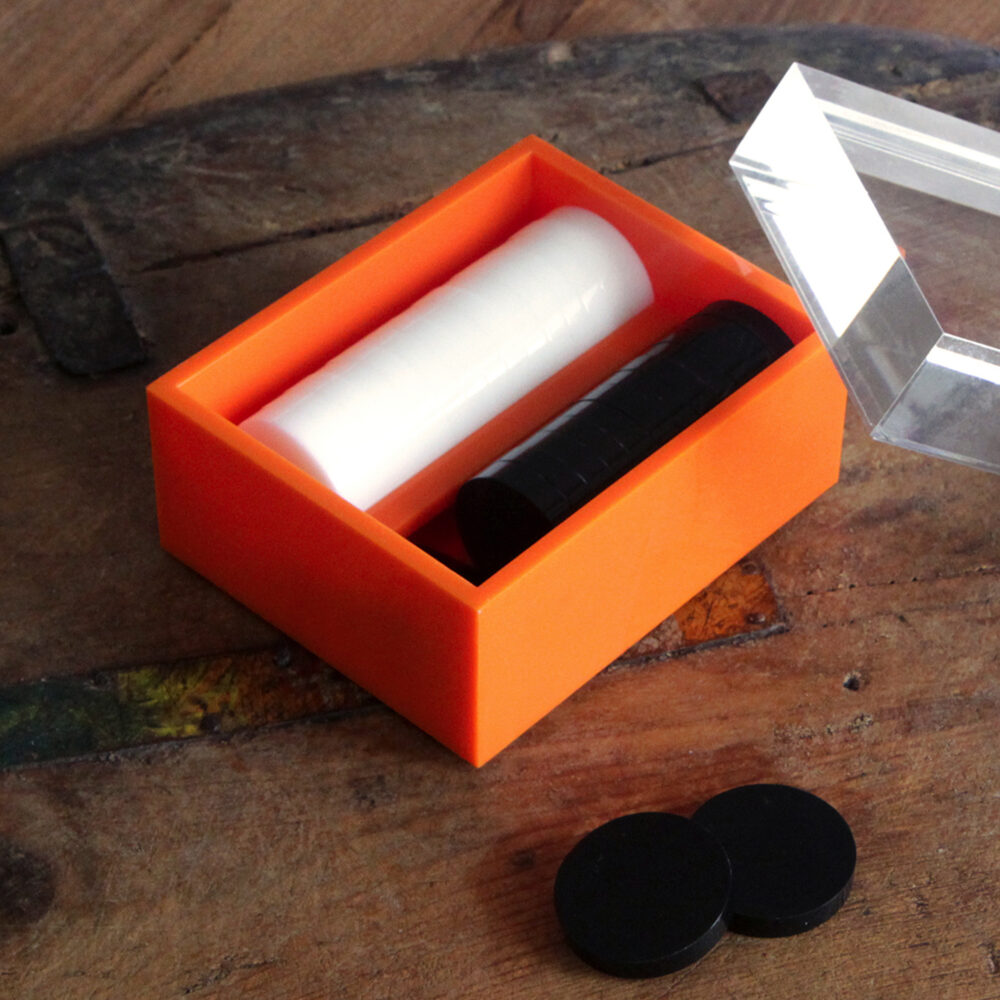
Backgammon Set 08 x 10 x 12 cm
-

Enamel Mugs | Set of Two 08 cm
-

Glass Pomegranate 10 cm
-

Beaded Napkin Ring Gold
-

Beaded Napkin Ring Silver
-

Beaded Napkin Ring Red
-
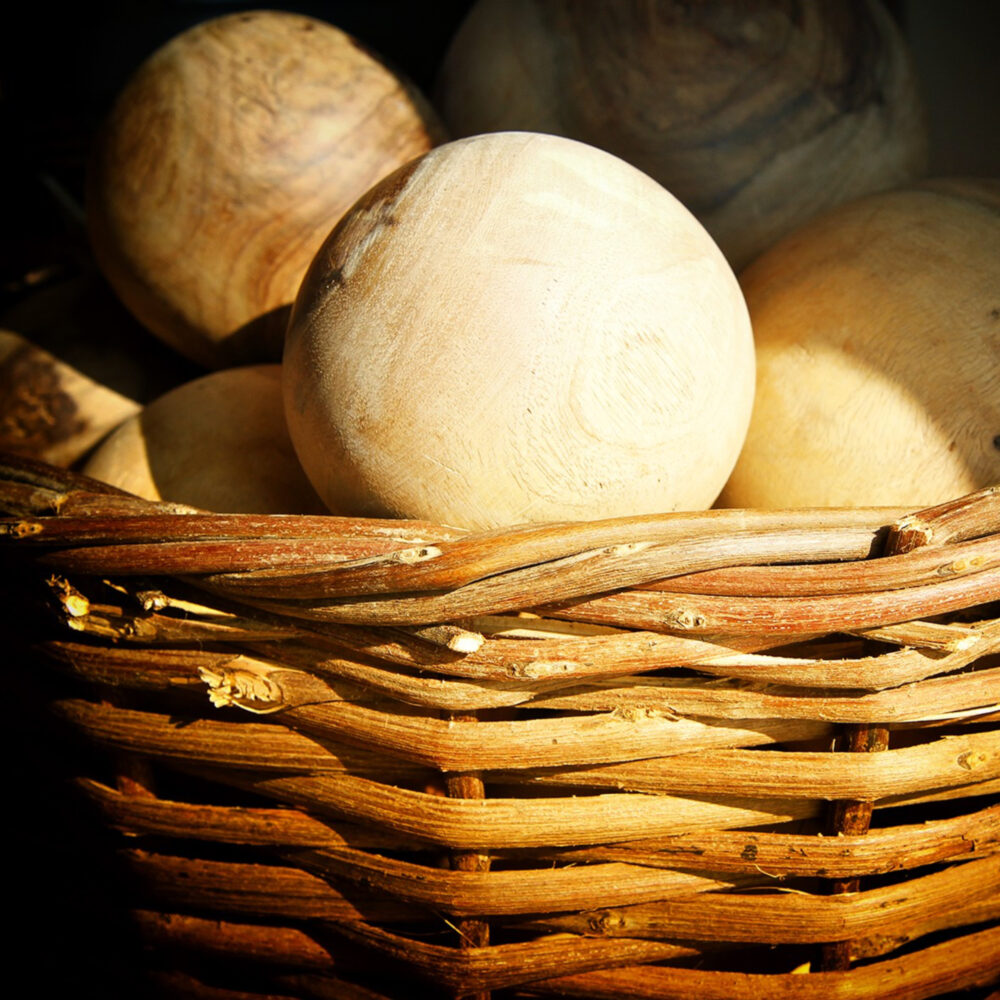
Wood Balls | Set of Three 12 cm
-

Vintage Marble Door Stop
-

Hand-Cut Crystal Plate 16 cm
-

Ceramic Bird 18 cm
-
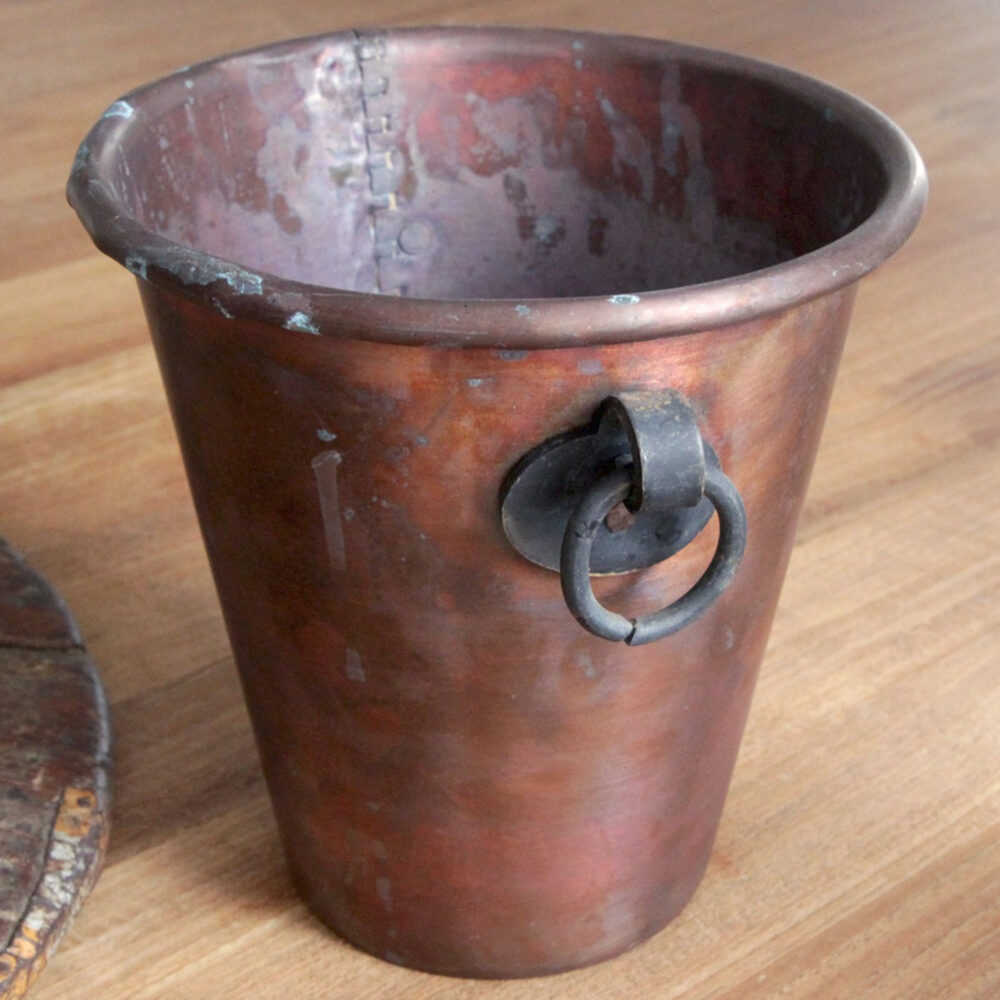
Vintage Champagne Bucket 21 cm
-
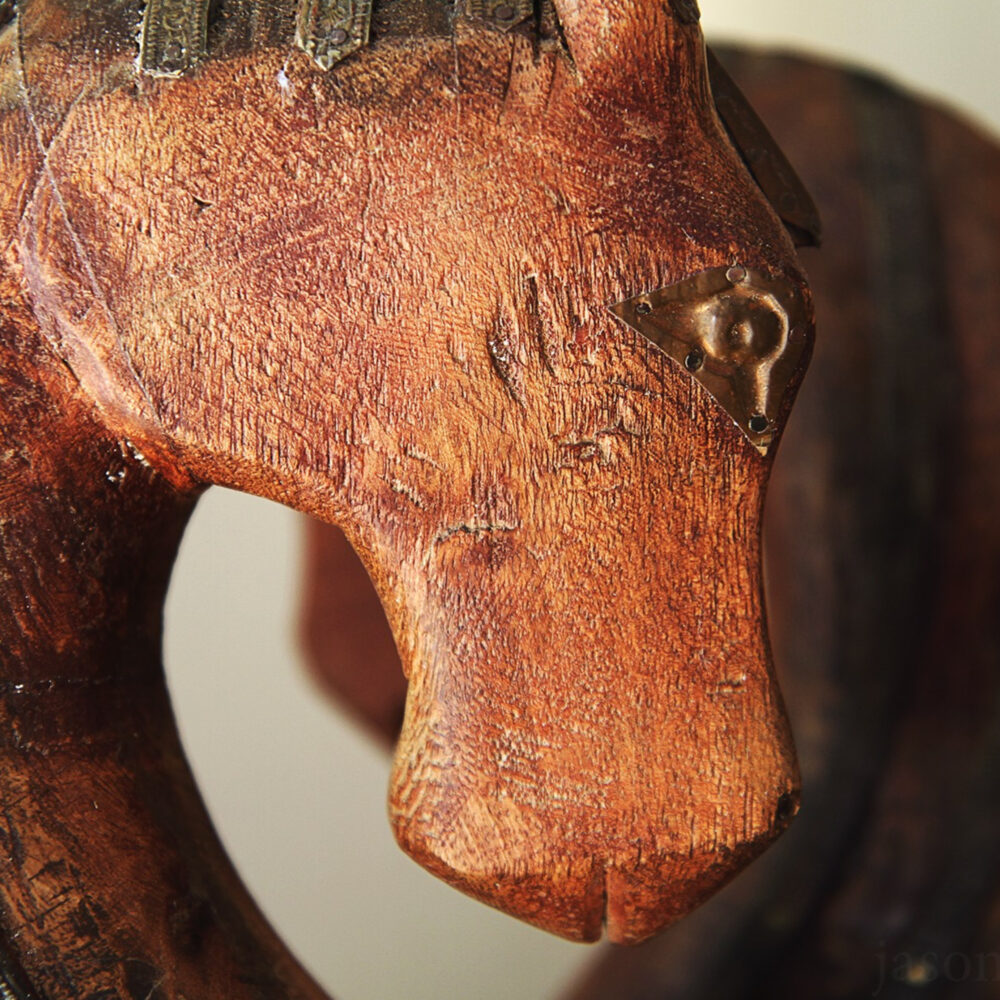
Reclaimed Wood Horse 24 cm
-
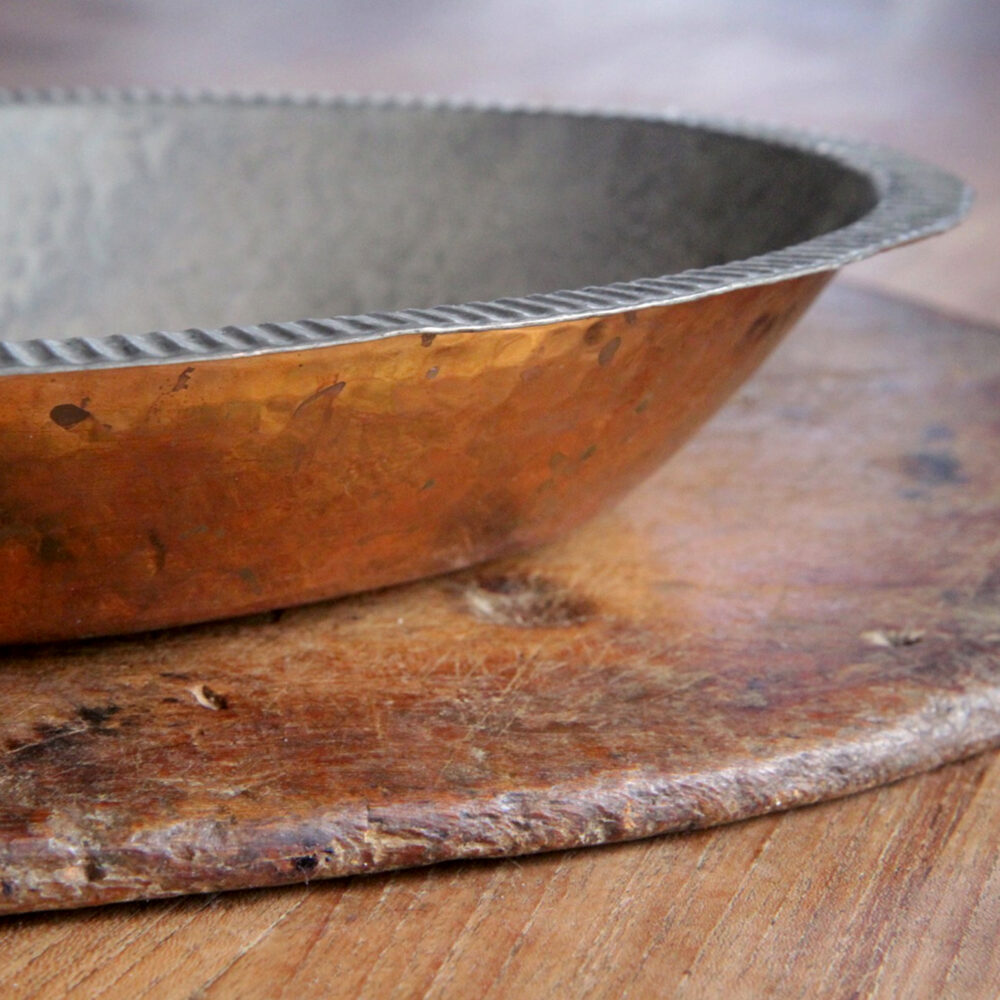
Vintage Copper Bowl 28 cm
-

Copper Tea Tray 32 cm
-

Bubble Glass Platter 32 cm
-

Wood Candle Stand 34 cm
-

Copper Serving Platter 34 cm
-

Copper Serving Platter 34 cm
-

Copper Serving Platter 34 cm
-

Copper Serving Platter 34 cm
-

Embroidered Pillow 35 x 55 cm
-

Embroidered Pillow 35 x 55 cm
-

Embroidered Pillow 35 x 55 cm
-
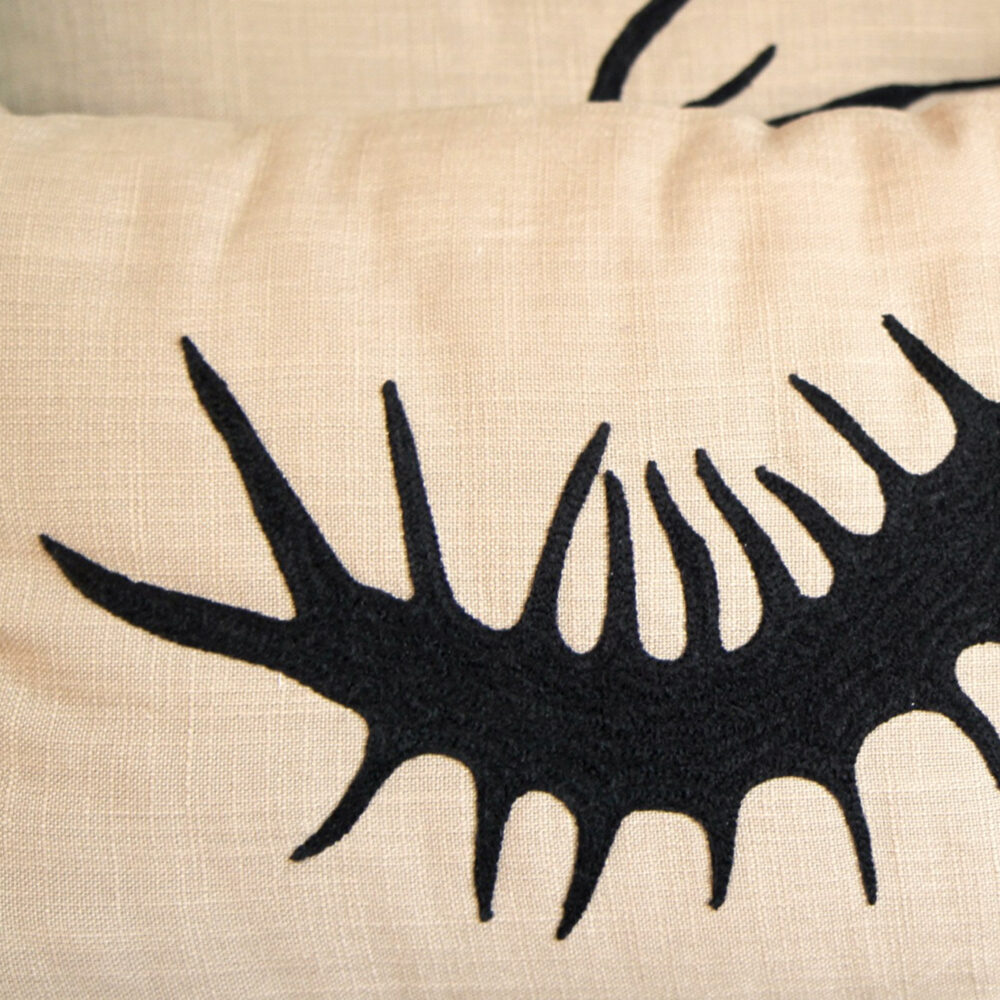
Embroidered Pillow 35 x 55 cm
-
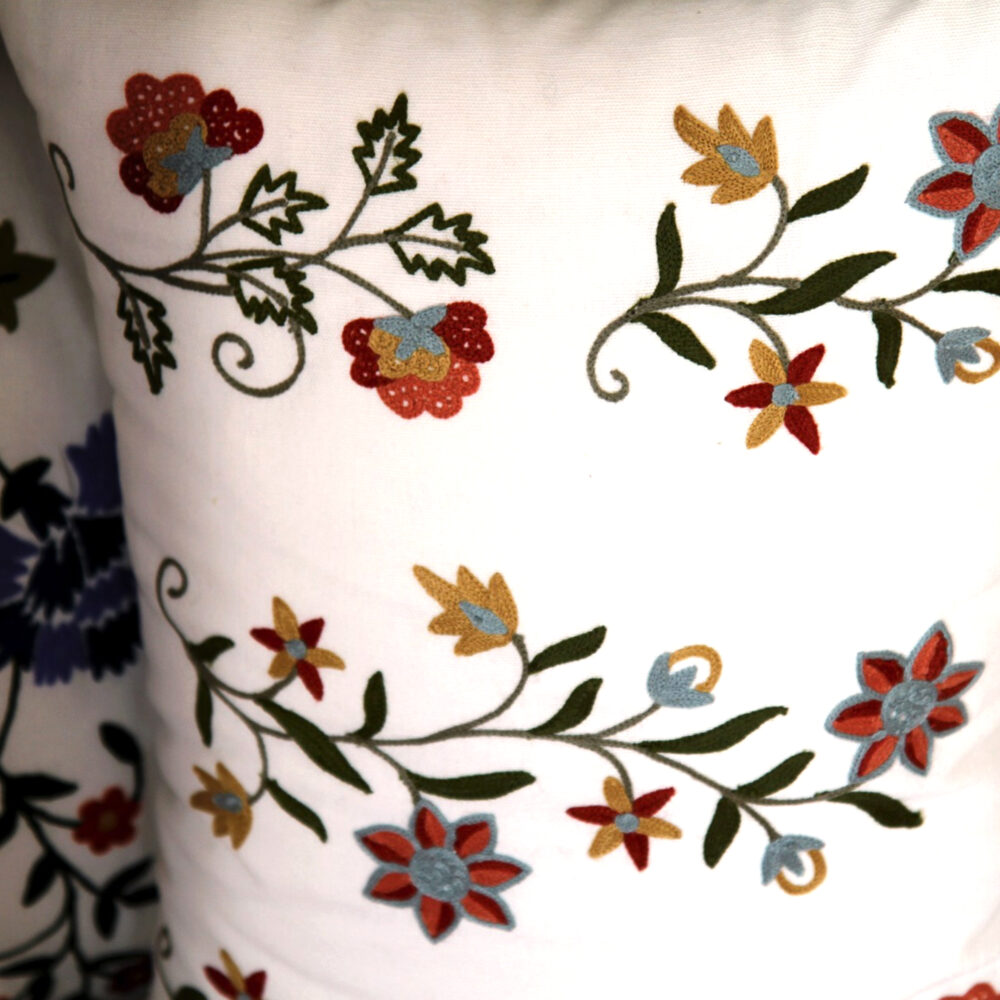
Embroidered Pillow 35 x 55 cm
-

Beaded Placemat Silver 38 cm
-

Beaded Placemat Gold 38 cm
-
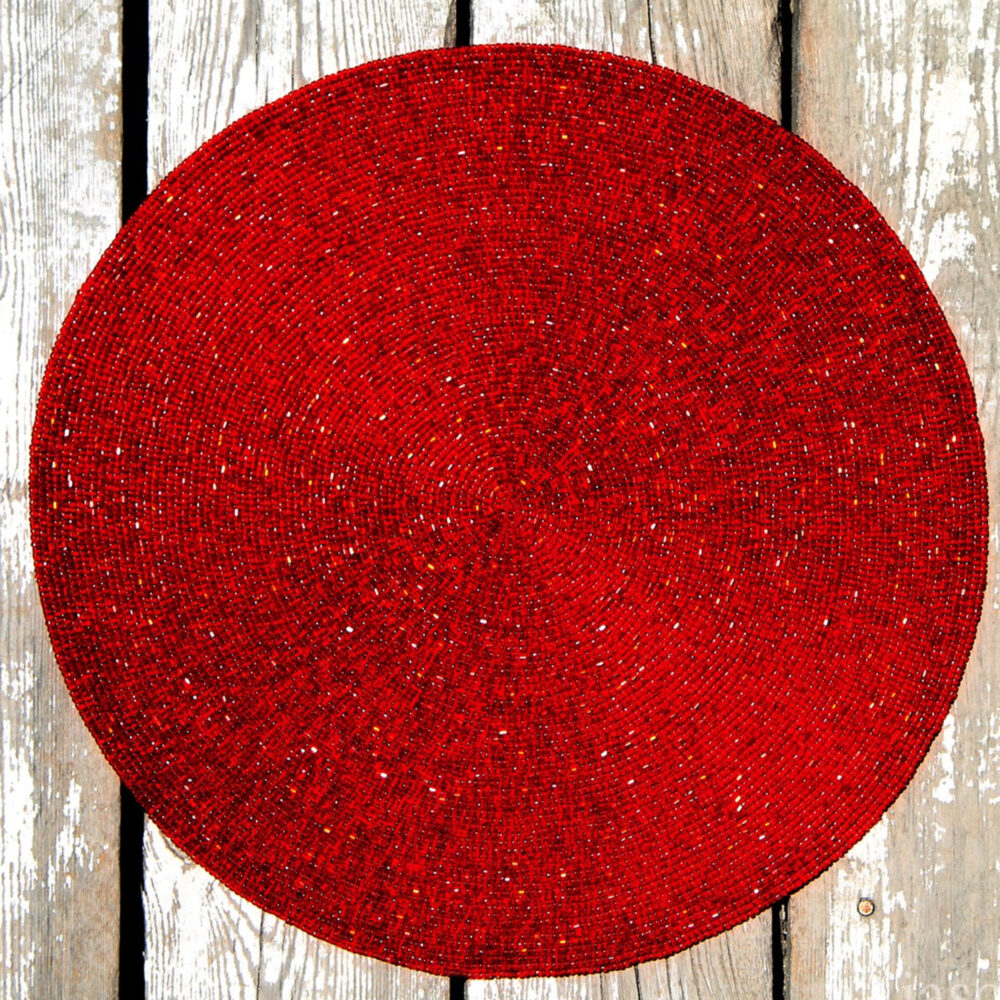
Beaded Placemat Red 38 cm
-

Beaded Placemat Green 38 cm
-

Embroidered Pillow 38 x 38 cm
-
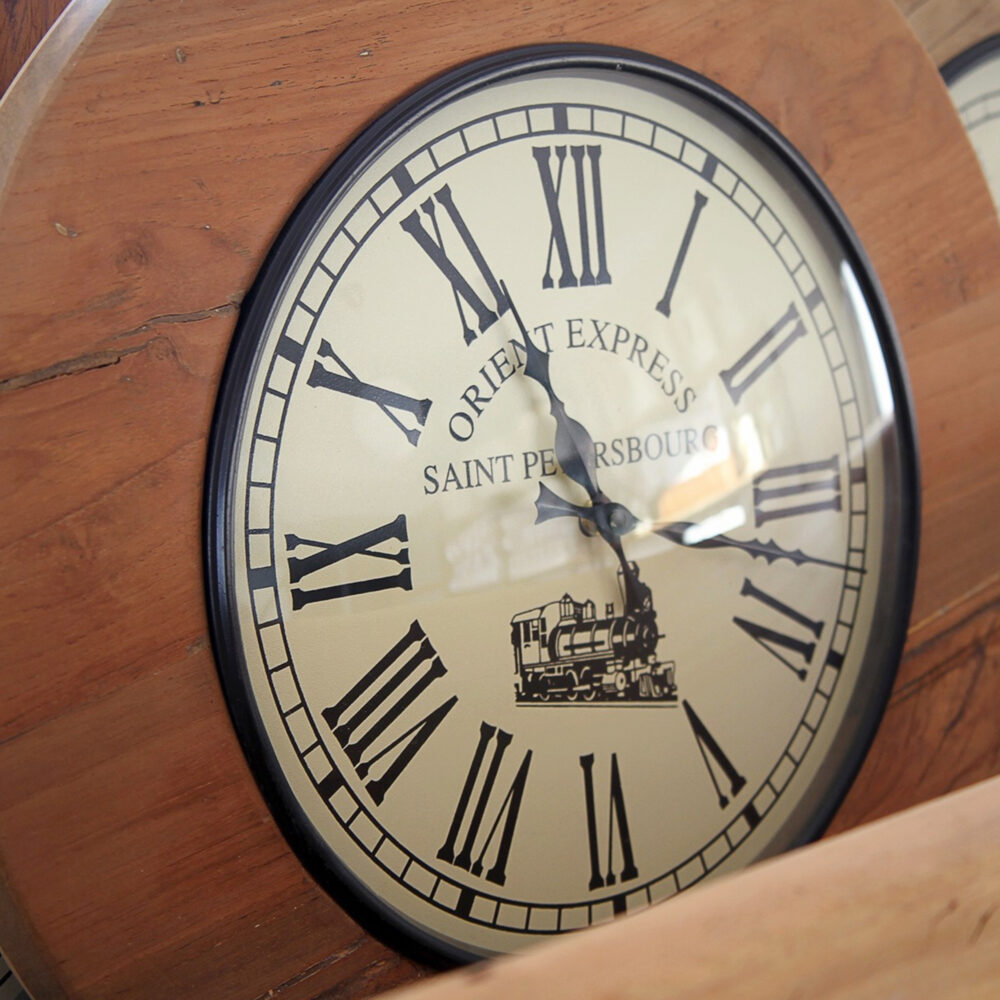
Reclaimed Wood Clock 40 cm
-

Jute Bag Aquarius
-

Jute Bag Aries
-

Jute Bag Cancer
-

Jute Bag Capricorn
-

Jute Bag Gemini
-

Jute Bag Leo
-

Jute Bag Libra
-

Jute Bag Pisces
-

Jute Bag Sagittarius
-

Jute Bag Scorpio
-

Jute Bag Taurus
-

Jute Bag Virgo
-

Kilim Side Table 44 cm
-

Block Printed Pillow 45 x 45 cm
-

Embroidered Pillow 45 x 45 cm
-

Embroidered Pillow 45 x 45 cm
-

Embroidered Pillow 45 x 45 cm
-
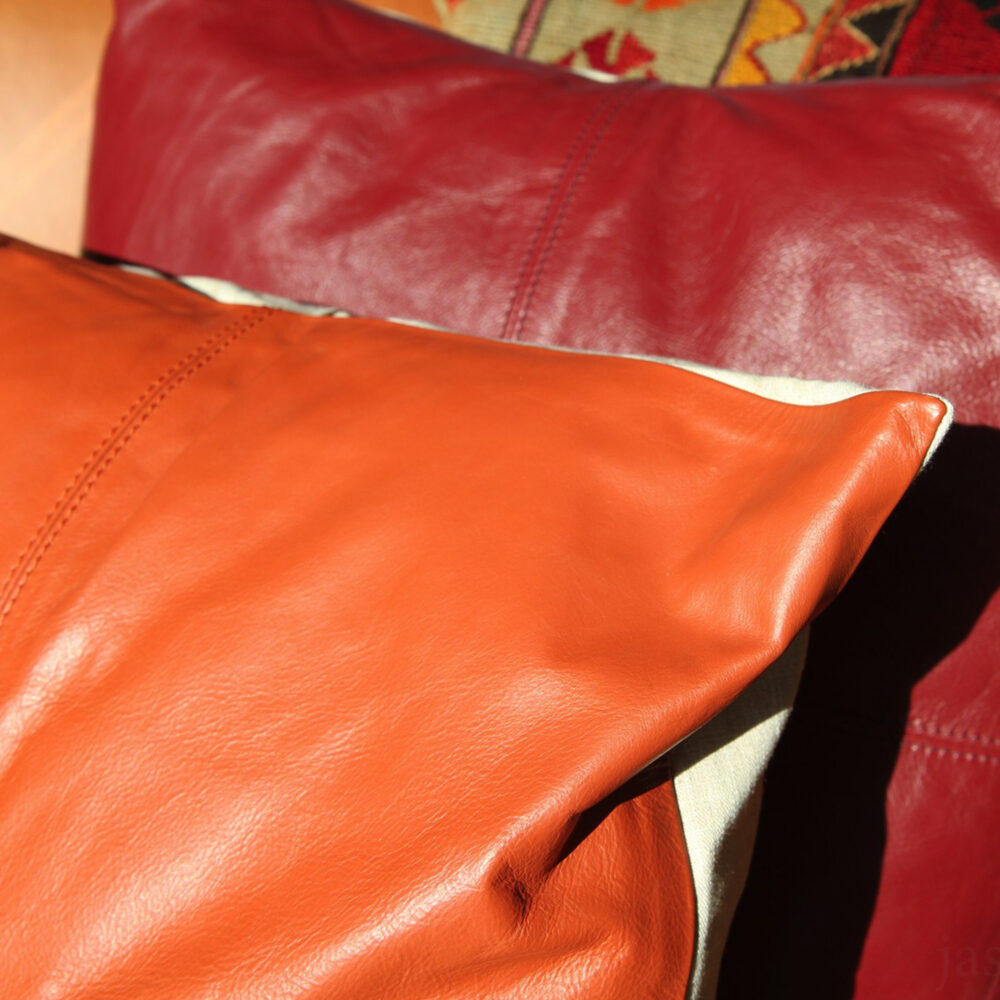
Leather Pillow 45 x 45 cm
